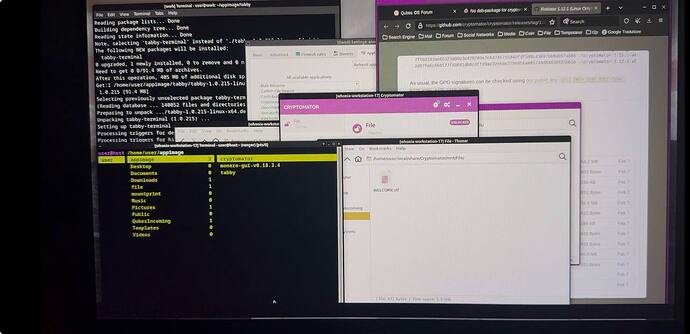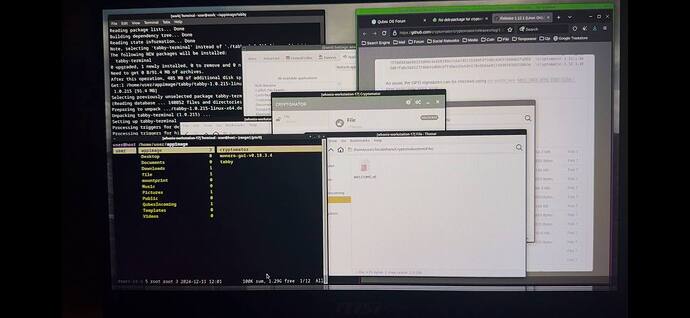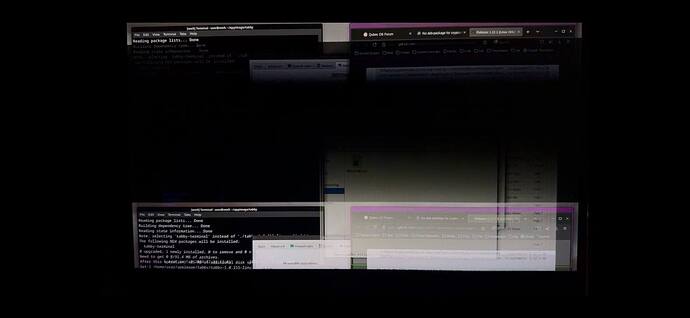Hi!
I finally decided to make qubes os my main operating system, abandoning that boring windows (which I will still use only for gaming until I find some other system that satisfies me from the gaming point of view).
I would like to exploit the hadrware of my laptop as much as possible, and I wanted to do a passthrough of the gpu on my main vm, so as not to rape my poor cpu too much.
Laptop Specs
CPU: intel core 7-10750H 2.60Hz
CPU: NVIDIA GeForce RTX 2070 SUPER Mobile / Max-Q
Ram: 24839mbQubeOS version: R4.2.3 based on debian 12
Bios E16V1IMS 112
Kernel 6.6.63-1my bios supports VT-d, but I still have to check if it has the option to disable Optimus
I have never performed this type of operation and, before doing damage, I wanted to understand if it was possible to perform the passthrough of the ma 2070 on a debian vm? are there any counter indications? and if so, how can I proceed to enable it?
from what i know qubes does not handle well NVIDIA Optimus, giving problems of instability and surely i can not disable the integrated card, i also imagine that i have to use different divers from those provided by nvidia and use open sources
Ps. Since i installed qubes 4.2.3, i notice a strange flashing glitch that changes the colors of my screen. this happens during the first boot of the desktop and, i still have not understood what triggers it, during normal use. It often happens with the cursor near the edges of a card or the monitor, and disappears as soon as you switch to another card.
all this happens exclusively on my laptop screen, if used on external monitors all this does not happen.
i am really very confused about it, i tried to change the refresh rate of the screen being exaggerated by default (300hz), and to start qubes with previous kernels, and to start windows to verify that the screen was not damaged, and i do not see any unusual errors on the system.
Has anyone else encountered this problem?
(I attach some photos hoping you can understand a little)


